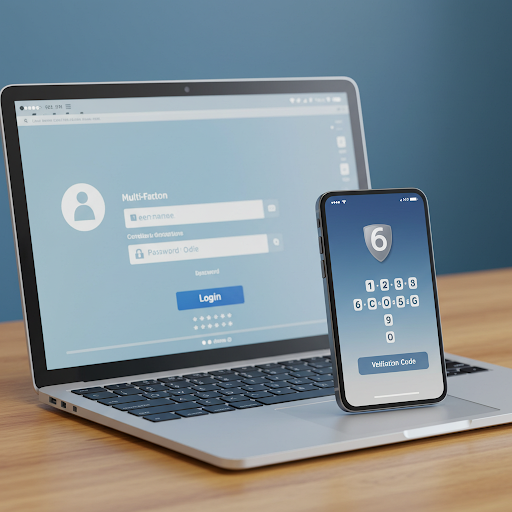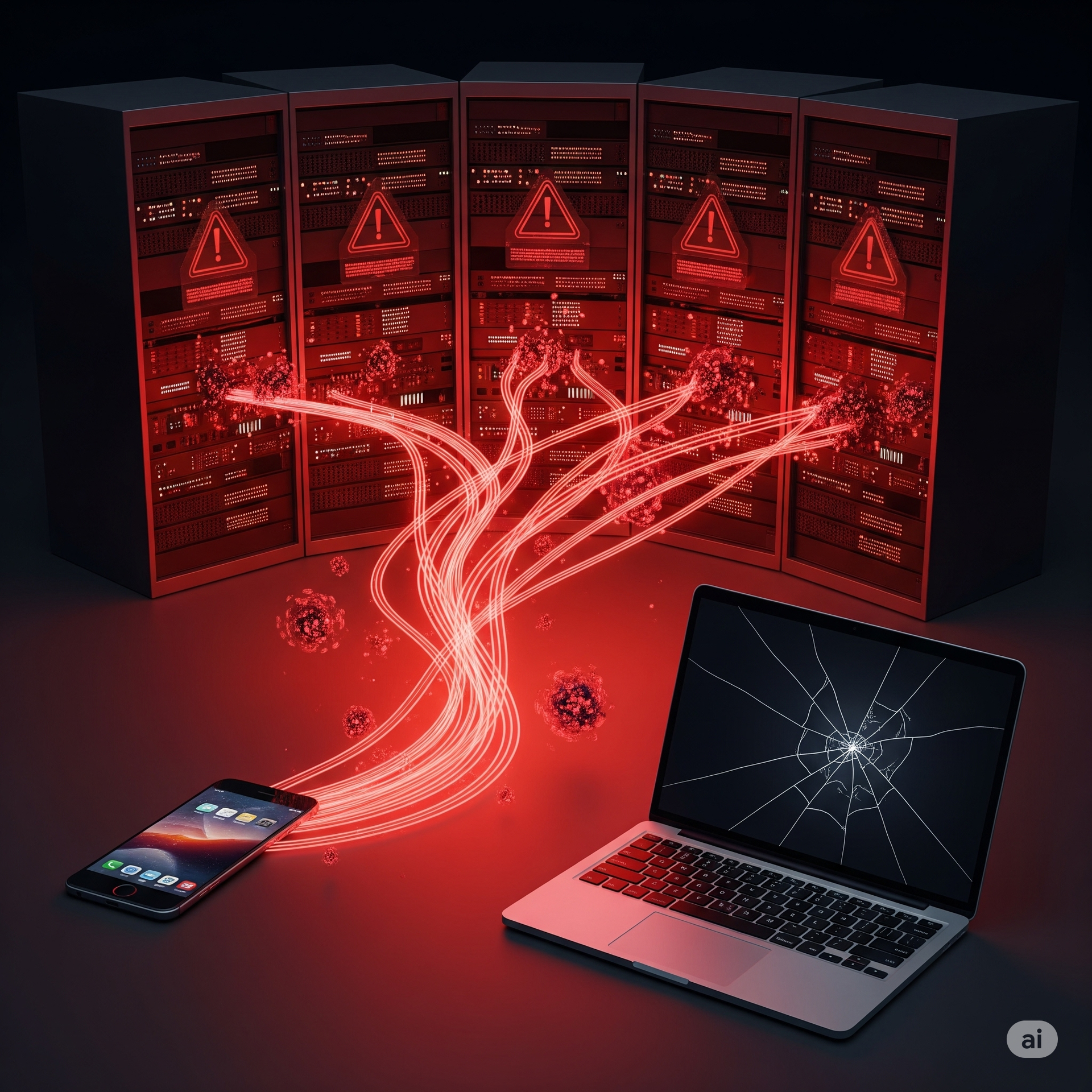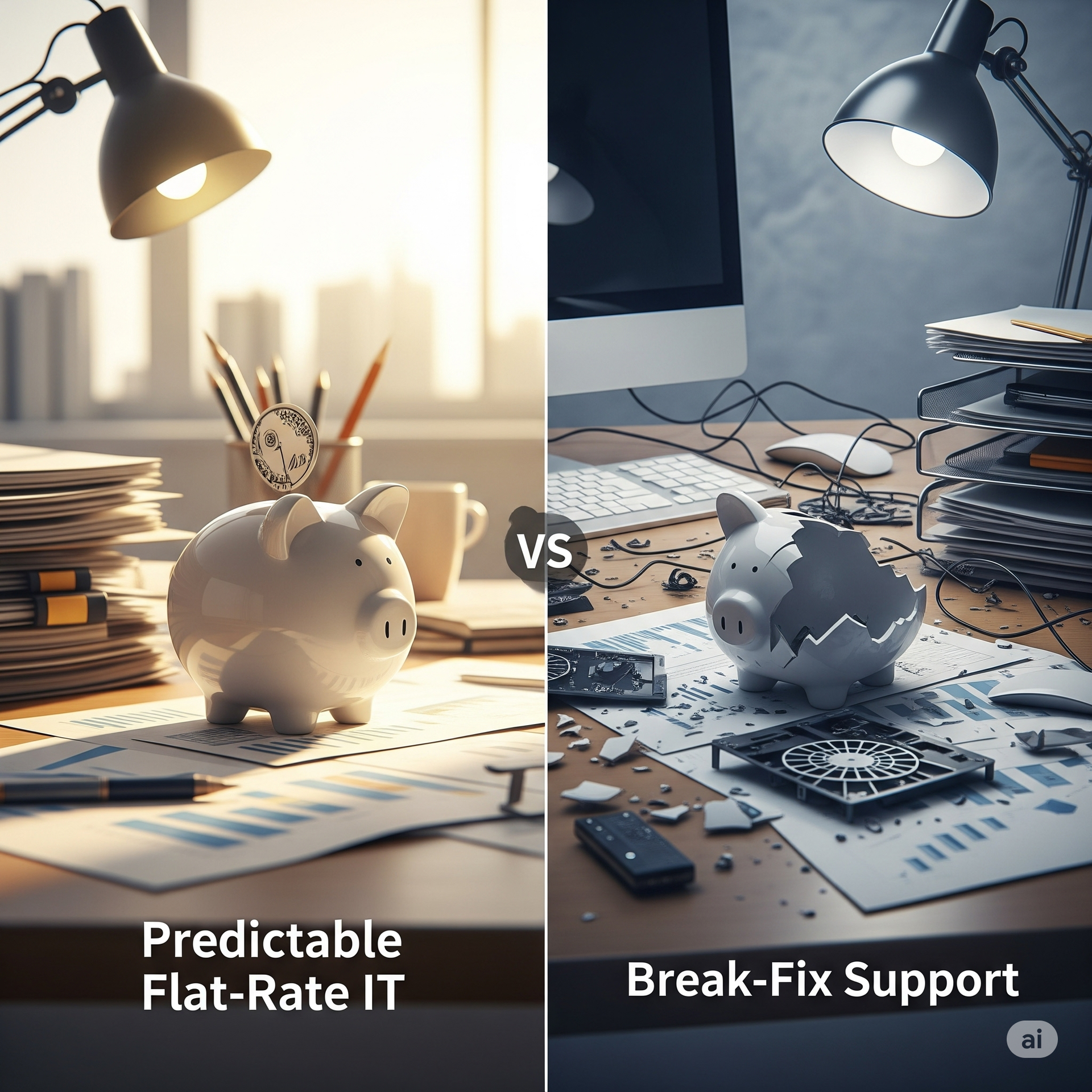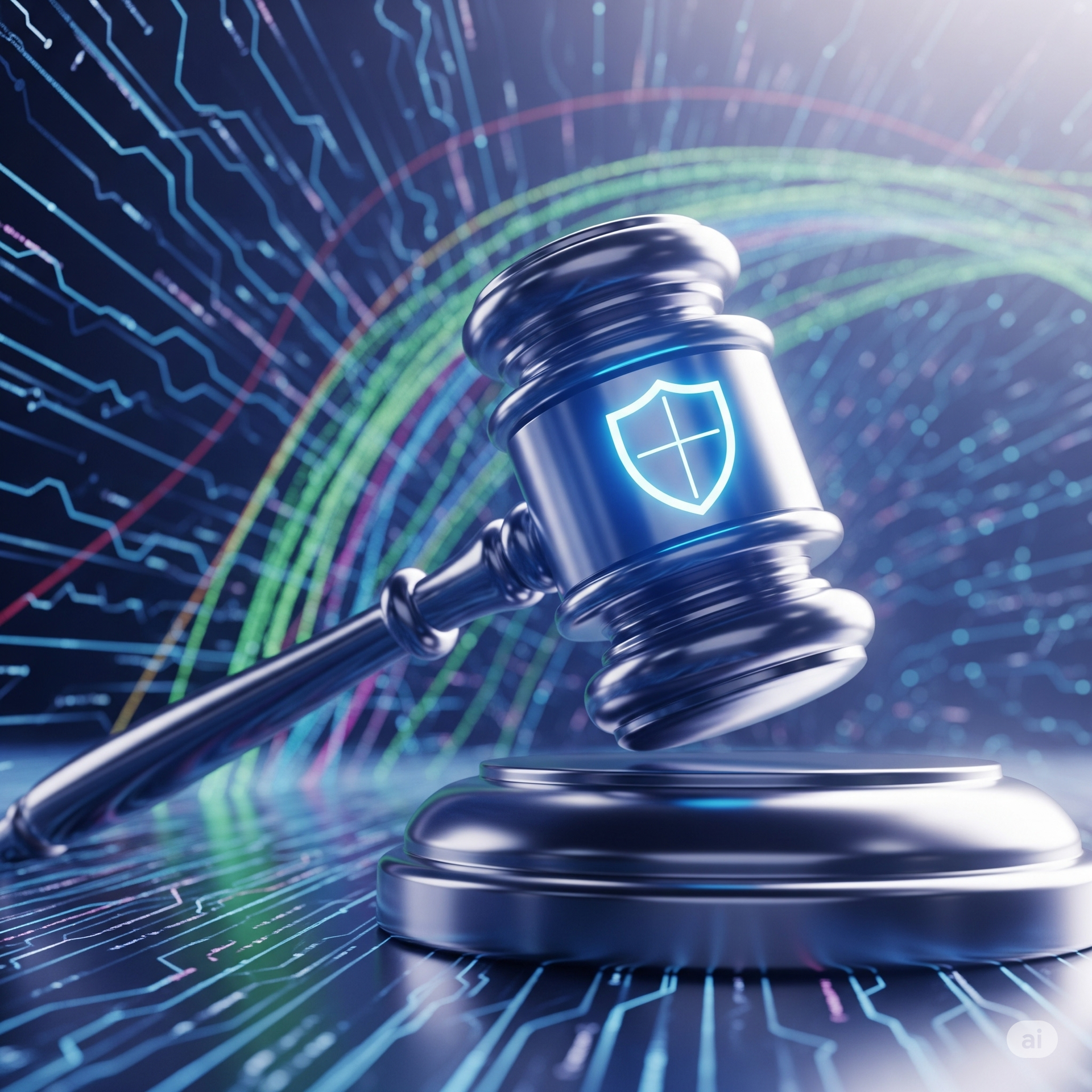Strengthening Your Business Against Rising Cyber Threats
Strengthening Your Business Against Rising Cyber Threats

Recognizing the Expanding Landscape of Cyber Threats
In the rapidly evolving digital age, businesses of all sizes face an increasing array of cyber threats. These threats are becoming more sophisticated, making it essential for businesses to continually adapt their cybersecurity strategies. Cyber threats can manifest in many forms, including malware, phishing attacks, ransomware, and data breaches, each capable of causing significant harm to an organization's reputation and bottom line. The impact of a cyber attack can be devastating, leading to financial losses, operational disruptions, and loss of customer trust. Understanding the variety and severity of these threats is the first step in crafting a robust defense. Businesses must stay informed about the latest trends in cybercrime and invest in proactive measures to safeguard their data and IT infrastructure. Additionally, as businesses increasingly adopt remote work practices and digital transactions, there is an added complexity to managing cybersecurity. These changes necessitate a comprehensive approach to cybersecurity that addresses both infrastructure security and the human aspect—ensuring employees are well-trained to recognize and respond to potential threats.
Tailoring Cybersecurity Strategies to Fit Your Business Needs
No two businesses are alike, and therefore, no single cybersecurity solution fits all. At HCS Technical Services, we pride ourselves on offering customized cybersecurity solutions designed to meet the unique needs of each business. Our services range from advanced firewall implementation, providing real-time protection against unauthorized access, to robust antivirus and antispam solutions, ensuring your systems remain secure against emerging threats. We go beyond technology deployment by offering dark web monitoring services to detect compromised credentials in real time, thereby fortifying your defenses against identity theft. Recognizing the human element as a critical component of cybersecurity, we also provide extensive employee security training. This training equips your workforce with the knowledge to identify and counteract potential cyber threats, fostering a culture of security awareness within your organization. Our tailored approach ensures that you are not only protected today but are also strategically prepared to handle future challenges as they arise.
Implementing Continuous Proactive Monitoring for Enhanced Protection
- Continuous monitoring is essential to maintaining a secure IT environment and staying ahead of potential cyber threats.
- At HCS Technical Services, our 24/7 proactive monitoring ensures that your systems are constantly overseen, allowing us to detect and neutralize threats rapidly.
- This approach significantly reduces the risk of breaches by identifying anomalies and addressing them before they can escalate.
- Our expert team in San Marcos is committed to providing the vigilance necessary to protect your business, offering seamless support and intervention whenever needed.
- With real-time monitoring, you can rest assured that downtime is minimized, and your data remains protected against frequent cyber threats.
Ensuring Compliance and Security with Industry Standards
As cyber threats rise, businesses must also navigate the ever-evolving landscape of regulatory compliance. Regulations such as GDPR, HIPAA, and CCPA impose stringent requirements on data protection and privacy. Non-compliance can result in severe penalties and a loss of consumer trust, making it imperative for businesses to align their cybersecurity strategies with these standards. HCS Technical Services offers specialized guidance and support to help your business achieve and maintain compliance. Our services include regulatory compliance audits, risk assessments, and the implementation of strict data protection measures tailored to your industry. By ensuring your business adheres to all relevant regulations, we help mitigate the risk of compliance-related issues. Partnering with us provides the peace of mind that comes with knowing your business not only meets but exceeds current regulatory demands, affirming your dedication to maintaining high standards of cybersecurity and customer privacy.
Achieving a Secured Digital Future with HCS Technical Services
In the quest to fortify your business against cyber threats, selecting a cybersecurity partner who understands your unique challenges is crucial. HCS Technical Services, with over 25 years of experience, stands as a leader in providing cybersecurity solutions tailored to businesses in San Marcos and its neighboring areas. We are committed to excellence and are continuously innovating to keep pace with the evolving threat landscape. Our comprehensive suite of services ensures that your business not only remains secure today but is also equipped to face future risks. By choosing HCS as your cybersecurity partner, you're opting for a commitment to continuous protection, expert advisory, and customized solutions designed to enhance your competitive advantage. Let's work together to build a secure digital foundation for your business, ensuring that you are protected and prepared for whatever the future holds. Reach out to HCS Technical Services to begin your journey towards a safer digital environment and unlock the full potential of your business securely.
HCS Technical Services











